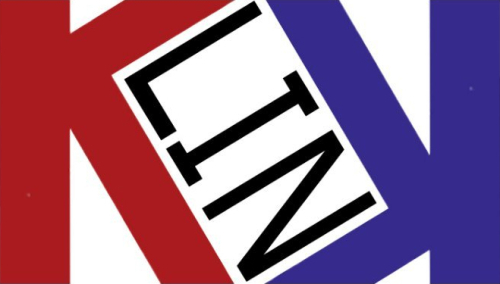
|
KLINK EXPORT LIMITED
|
KLINK EXPORT LIMITED [China (Mainland)]
Business Type:Manufacturer, Trading Company, Distributor/Wholesaler
City: Jinhua
Province/State: Zhejiang
Country/Region: China (Mainland)


